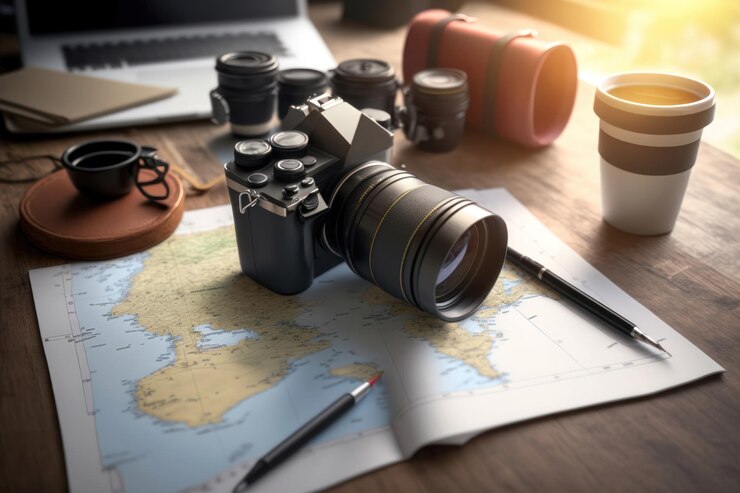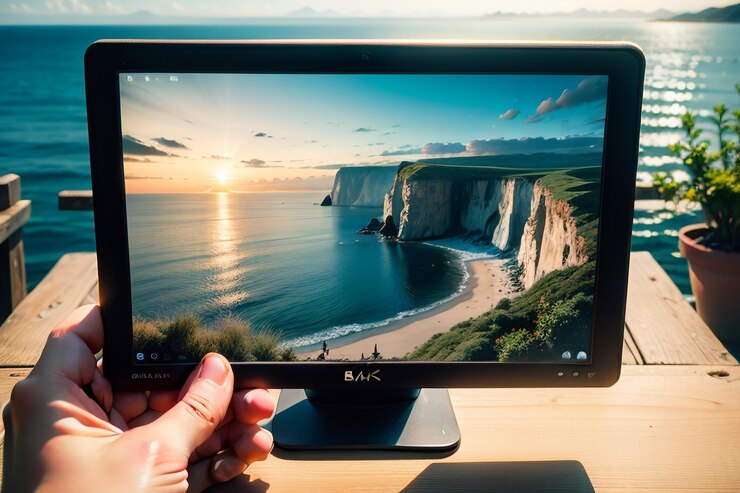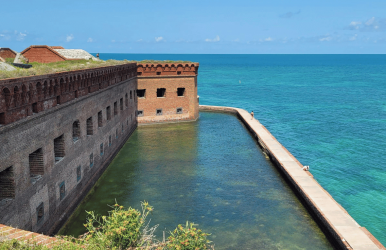9 Things To Do In Pigeon Forge When Traveling With Kids
BY Abdul Aziz Jun 8, 2023
If you're planning a trip with your little adventurers, you've come to the right place. We're here to talk about Pigeon Forge, a mountain town that offers many exciting activities and attractions to captivate children's imaginations and create lasting memories for the whole family. This charming Tennessee town has everything from thrilling amusement parks and interactive museums to enchanting outdoor adventures. Whether your little ones are animal lovers, aspiring performers, or outdoor enthusiasts, Pigeon Forge will keep them entertained and engaged from sunrise to sunset. This article reveals the best activities in Pigeon Forge for families. 1) Go To The Island In Pigeon Forge This kid-friendly entertainment complex has thrilling events and activities to occupy kids and help them make lifelong memories. The Island is home to a beautiful, over 200-foot-tall Ferris wheel that offers breathtaking bird's-eye panoramas of the Smoky Mountains. Kids can also enjoy thrilling rides like the Flying Horse Carousel and Island Bumper Cars and games at the amusement park, while the Island Show Fountain offers a captivating water and light show for all to enjoy. Exploring the unique shops and boutiques allows families to discover one-of-a-kind treasures and indulge in delicious treats like homemade ice cream and freshly baked goodies. 2) Relax In A Luxurious Resort Or Condo Choosing the ideal accommodation in Pigeon Forge will fundamentally enhance your family's vacation. The following are a few lodging options that are perfect for families: Family-friendly resorts: There are numerous family-accommodating hotels in Pigeon Forge. These hotels usually have amenities like play areas, pools, arcades, and scheduled kiddie activities. Vacation condos: Families can opt to stay in luxurious yet affordable vacation condos close to popular tourist destinations. The fully furnished kitchens, living spaces, and various rooms in these condos provide occupants with comforts you find at home. Families can have more space and flexibility during holidays when staying in a condo. Campgrounds and RV parks: Pigeon Forge offers various camping areas and RV parks for families who like to camp or use recreational vehicles. They include facilities like playgrounds, pools, and outdoor adventure regions. 3) Visit The Titanic Museum Attraction As you step inside a meticulously recreated replica of the iconic RMS Titanic, you and your family will return to the fateful night of April 15, 1912. Kids will be thrilled to explore the museum's interactive exhibits, touch a real iceberg, walk the Grand Staircase, and even feel the chilly waters of the Atlantic. The Titanic Museum Attraction offers youngsters an excellent chance to discover more about the past, maritime heritage, and the experiences of the passengers aboard the ship, thanks to its experienced and informative guides. 4) Enjoy A Dinner Show The entire family will be entertained by wonderfully engaging and interactive shows that provide a tempting blend of delectable food and spectacular entertainment, such as the following. Guests may enjoy a delectable four-course meal at Dolly Parton's Stampede, mesmerized by an enthralling equestrian show, including outstanding riders and exciting feats. The humorous and exciting musical comedy The Hatfield & McCoy Dinner Feud features amazing acrobatics, singing, and dancing. 5) Play In The Pigeon Forge Snow Children of any age will enjoy this special indoor entertainment's spectacular winter wonderland experience. Step into a world of endless fun as you and your little ones explore over 35,000 square feet of snow-covered slopes, tube slides, and play areas. Watch their faces light up excitedly as they build snowmen, engage in friendly snowball fights, or simply slide down the thrilling slopes. Pigeon Forge Snow provides all the necessary snow gear, so you do not need to bring your own. 6) Flyaway Indoor Skydiving Flyaway offers a unique and safe adventure that simulates the exhilarating experience of skydiving. Kids can soar through the air in a vertical wind tunnel, defying gravity and experiencing the sensation of free fall. These activities do not need parachutes or planes. With trained instructors guiding them every step of the way, children can safely learn to fly. It offers the experience of acrobatic maneuvers while feeling the rush of adrenaline. 7) Visit Dollywood Younger children can enjoy the unbelievable attractions of the Country Fair section or take pleasure in the nostalgic allure of the Dollywood Express steam train. At the same time, kids will be delighted by the thrilling attractions like Thunderhead and Wild Eagle. One of the attractions is the prestigious Festival of Nations, where guests may experience vivid cultures from all over the globe via music, dancing, and mouthwatering culinary delights. Outside of Dollywood is the Splash Country water park with exhilarating water rides, meandering rivers, and fun interactive zones. It makes an ideal spot to unwind on those scorching summer days. Furthermore, Dollywood holds seasonal celebrations like Smoky Mountain Christmas and the Harvest Festival. They feature brilliant light shows, festive decorations, and upbeat entertainment to create a lovely holiday ambiance. 8) Toy Box Mini Golf This delightful attraction combines the excitement of miniature golf with a whimsical toy-themed environment, ensuring a memorable and enjoyable experience for the entire family. As children navigate through the course, they are captivated by vibrant colors, oversized toys, and playful obstacles that ignite their imagination. Toy Box Mini Golf offers a delightful blend of fun and challenge, from navigating through toy trains and giant spinning tops to putting around toy soldiers and colorful blocks. The course is available to younger and older children since it has been carefully constructed to fit all ability levels. 9) Check Out The Interactive Exhibits At The Hollywood Wax Museum Explore the fascinating displays of the museum to immerse yourself in the sparkle and glamour of Hollywood. Your kids will be in awe when they see lifelike wax replicas of their beloved actors, musicians, and iconic individuals. The museum showcases an impressive collection that sparks the imagination from superheroes to legendary actors. Kids can pose with their beloved idols, create memorable photo ops, and test their knowledge with trivia games and interactive displays. Conclusion Pigeon Forge is an incredible spot for families with youngsters. It has recreation possibilities to suit each interest and age category. There will never be any boredom in this vigorous city. You can enjoy exhilarating rides and exhibitions at Dollywood and intuitive displays at the Hollywood Wax Museum. There are also unforgettable experiences to be had at Toy Box Mini Golf. Pigeon Forge offers many exciting outdoor activities, engaging experiences, and intriguing museums. The memories created here will last a lifetime as you explore the stunning natural beauty of the Smoky Mountains. It will offer endless opportunities for family fun. So, pack your bags, gather your loved ones, and embark on an unforgettable journey in Pigeon Forge. Here, laughter, adventure, and treasured moments await you and your kids at every turn. Read Also: Planning A Beach Holiday In 2023? Here Are 5 Things To Buy In Advance 7 Creative Truck Cap Camping Ideas To Use In Jungle Adventures 6 Outdoor Activities You Can Have In Arizona














